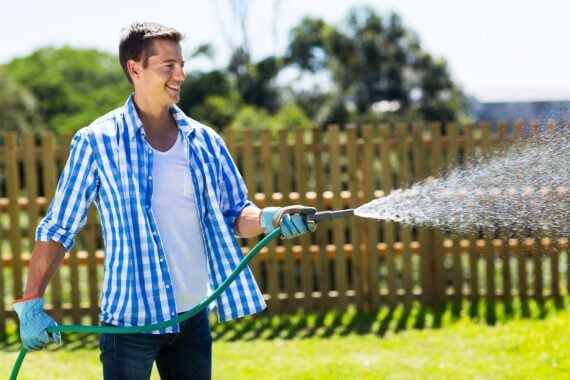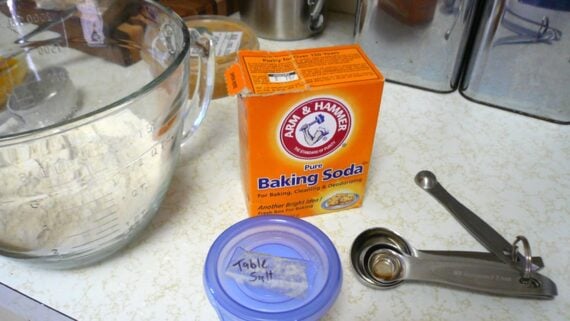Tending your yard isn’t cheap — homeowners spent an average of $407 on lawn and garden care in 2016, according to the annual National Gardening Survey by Harris Interactive. While do-it-yourself types can pocket savings by not hiring pros, the cost of supplies and time still adds up. Here are 14 ways to save on lawn care this season.
Related: This Spring Home Maintenance Checklist Could Save You Thousands
LET THE GRASS GROW
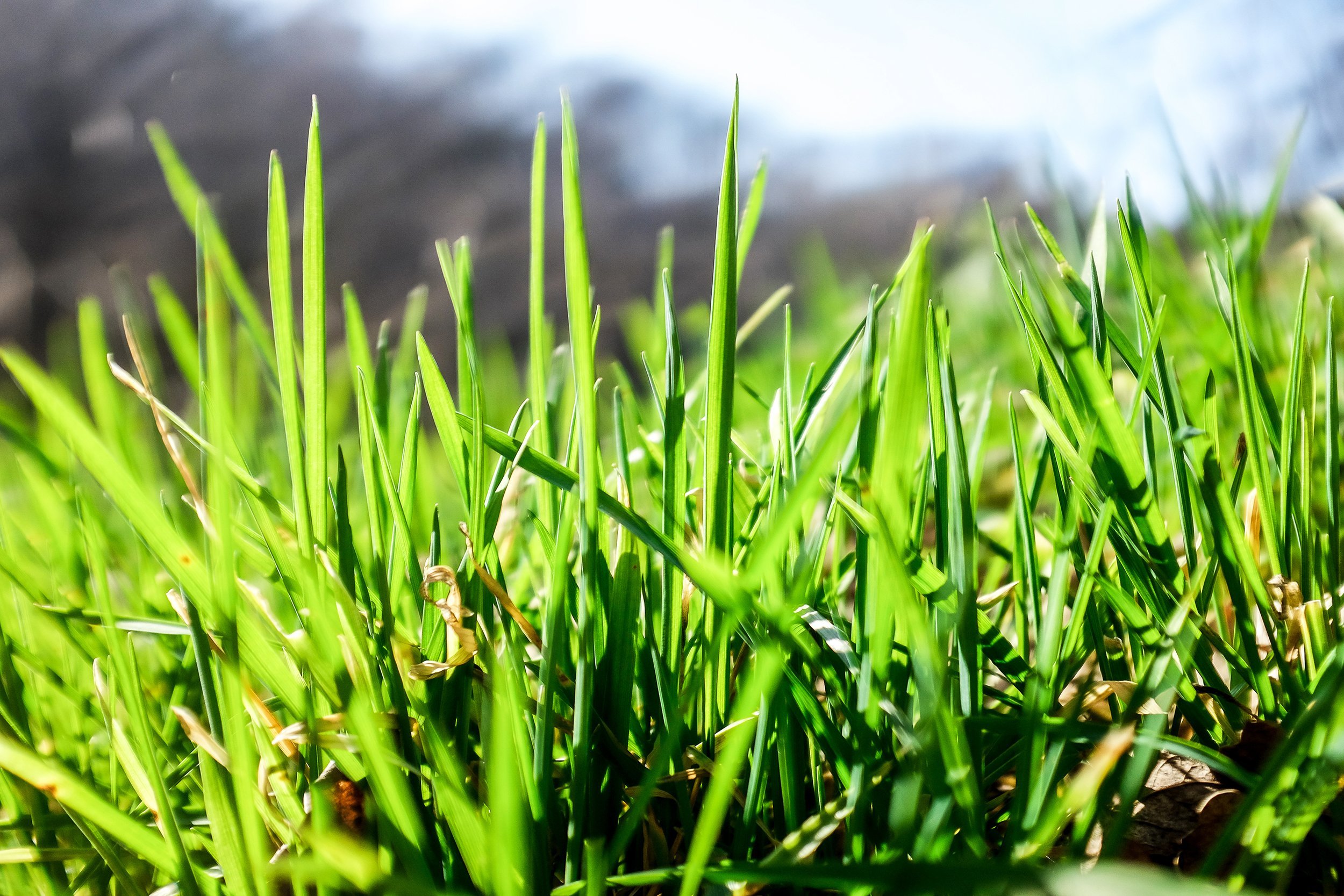
A closely cut lawn can be pretty, but resist trimming grass shorter than 2 or 3 inches. Longer grass promotes healthier roots that need less water, and the savings could be substantial. At a price of $7 for 1,000 gallons of water, the cost of watering 10,000-square-foot lawn with an inch of water is more than $43, according to Today’s Homeowner.
LEAVE THE CLIPPINGS
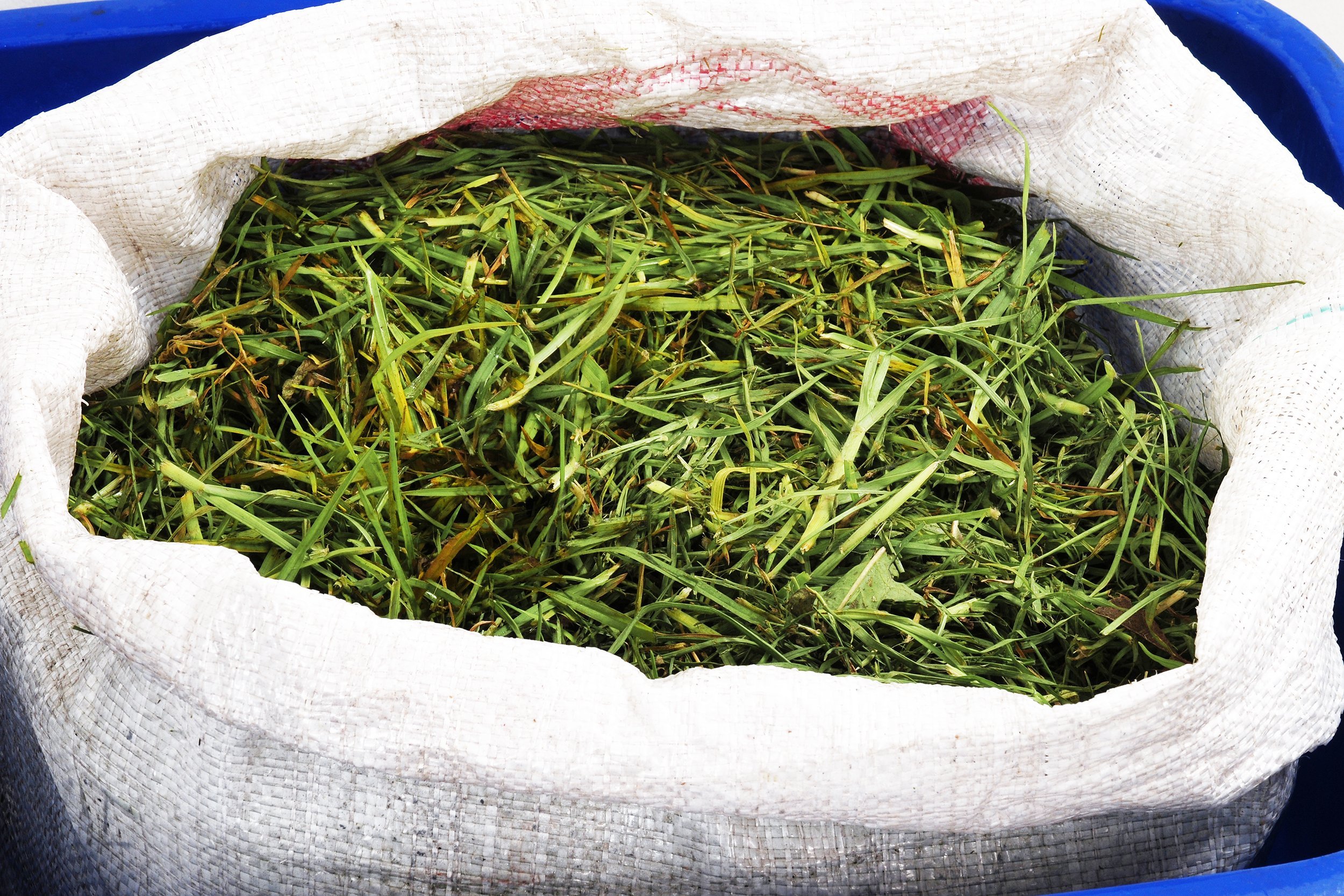
After mowing, resist the urge to bag the grass clippings. As clippings break down, they feed the lawn with the same nitrogen, phosphorus, and potassium found in commercial fertilizer. Skipping fertilizer saves money too. Each fertilization of an 8,000-square-foot yard costs anywhere from $20 to $250, according to the home-improvement site Fixr, depending on whether you DIY or hire a professional.
GET AN OLD-SCHOOL MOWER
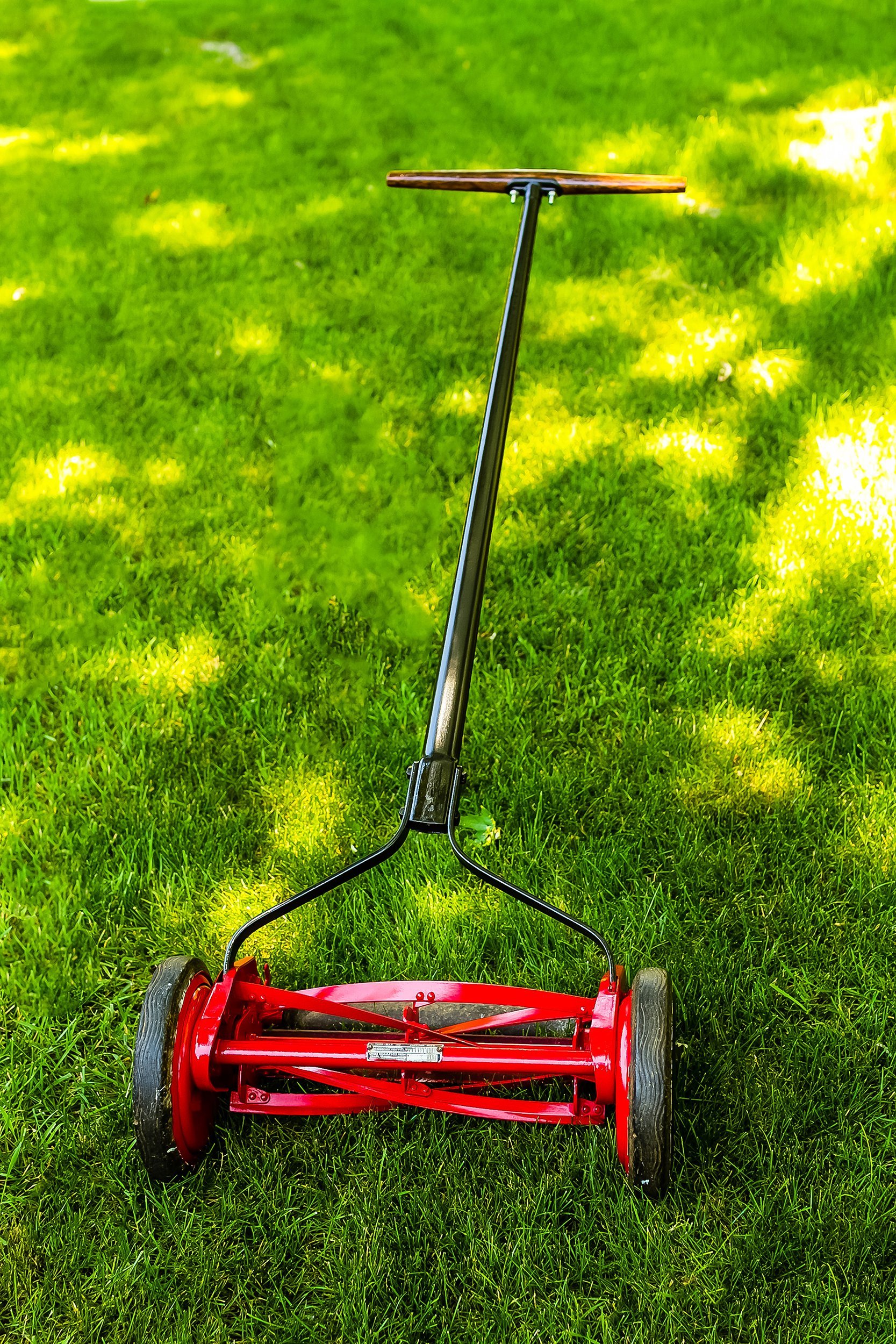
For a smaller yard, consider a manual reel mower. It may feel like a throwback, but reel mowers start at less than $70 at Home Depot, compared with twice that amount for the least expensive gas mower. Even a top-of-the-line reel mower costs about the same as a cheap gas lawn mower. Using elbow grease instead of gas could mean additional savings of about $2 to $5 each time you mow, depending on the price of fuel and size of your yard. Reel mowers are also quieter and more eco-friendly.
CONSIDER ARTIFICIAL TURF
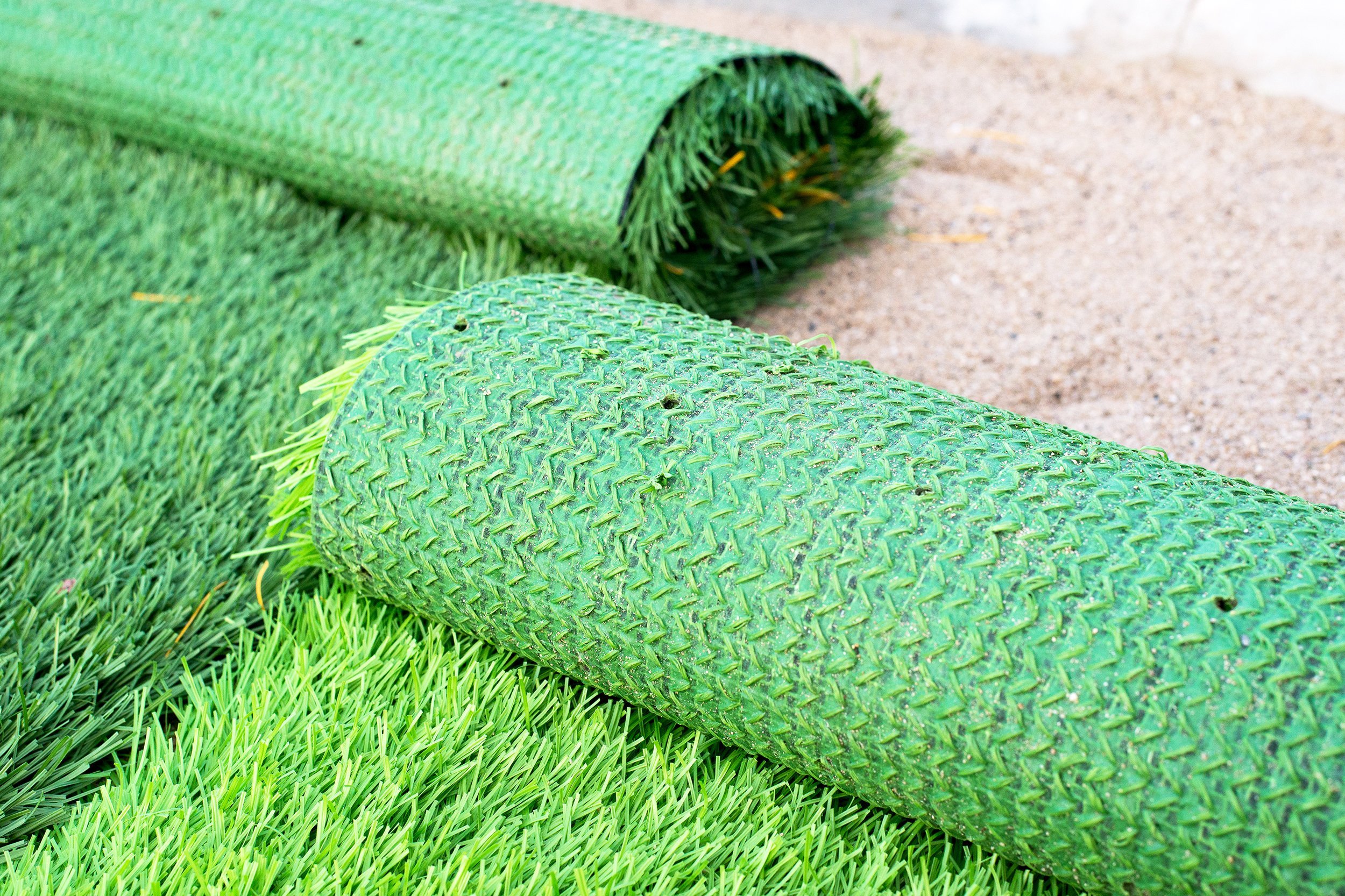
Don’t relish the smell of fresh-cut grass? Artificial turf can bring long-term savings. Although fake grass may cost $5 to $20 a square foot to install, according to House Logic, it requires no water, fertilizer, or mowing and could recoup installation costs in about seven years.
EMBRACE THE XERISCAPE
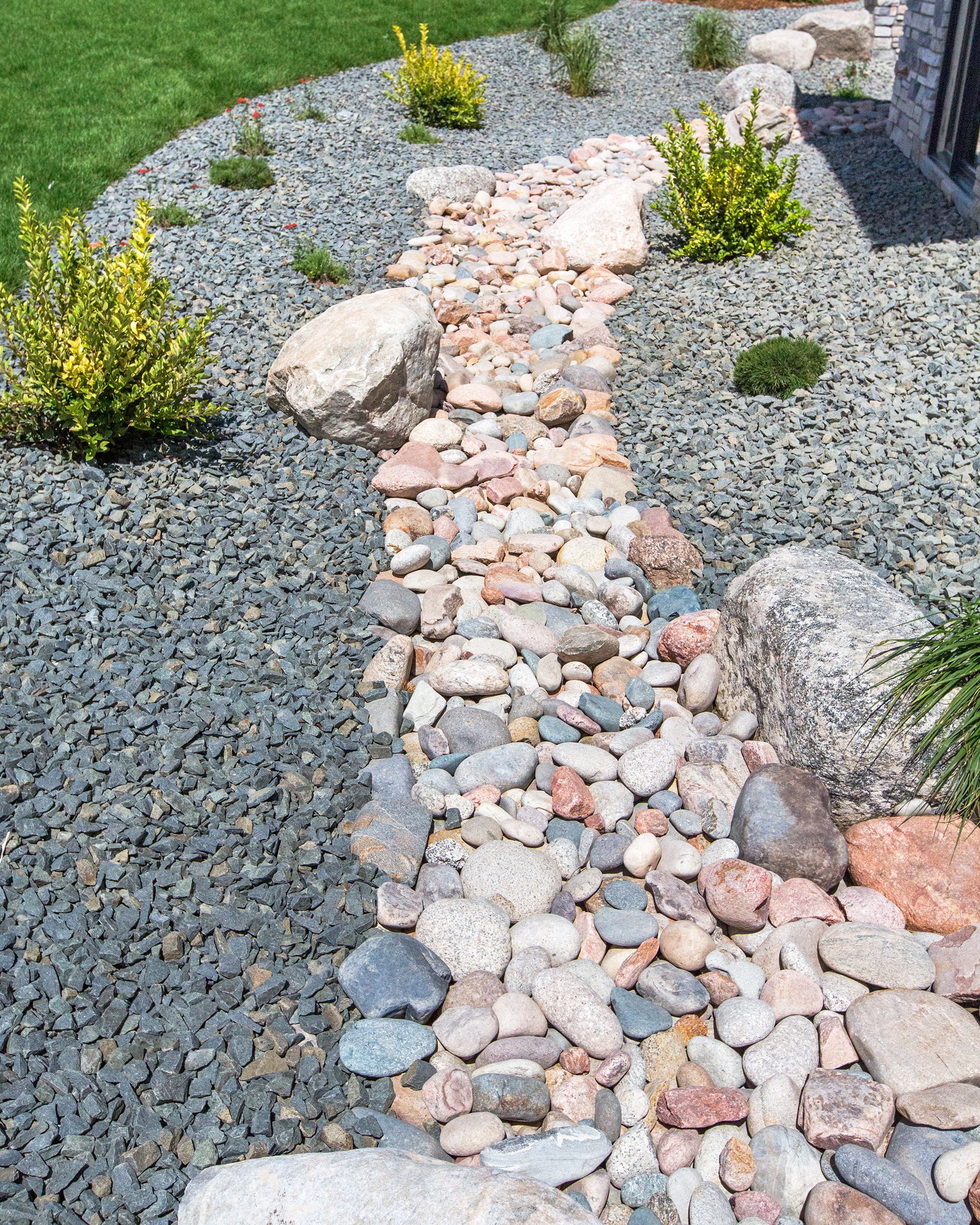
Unlike a large and grassy yard, a xeriscape is made up of plantings that need only rainfall and no additional water to thrive. Examples include certain shrubs, trees, ground cover, and ornamental grasses. While buying the plants is an upfront cost, an effective xeriscape can mean substantial savings. A five-year study of Las Vegas homes that converted to xeriscape found a 33 percent reduction in average monthly water use.
Trending on Cheapism
HOOK UP IRRIGATION RAIN SENSORS
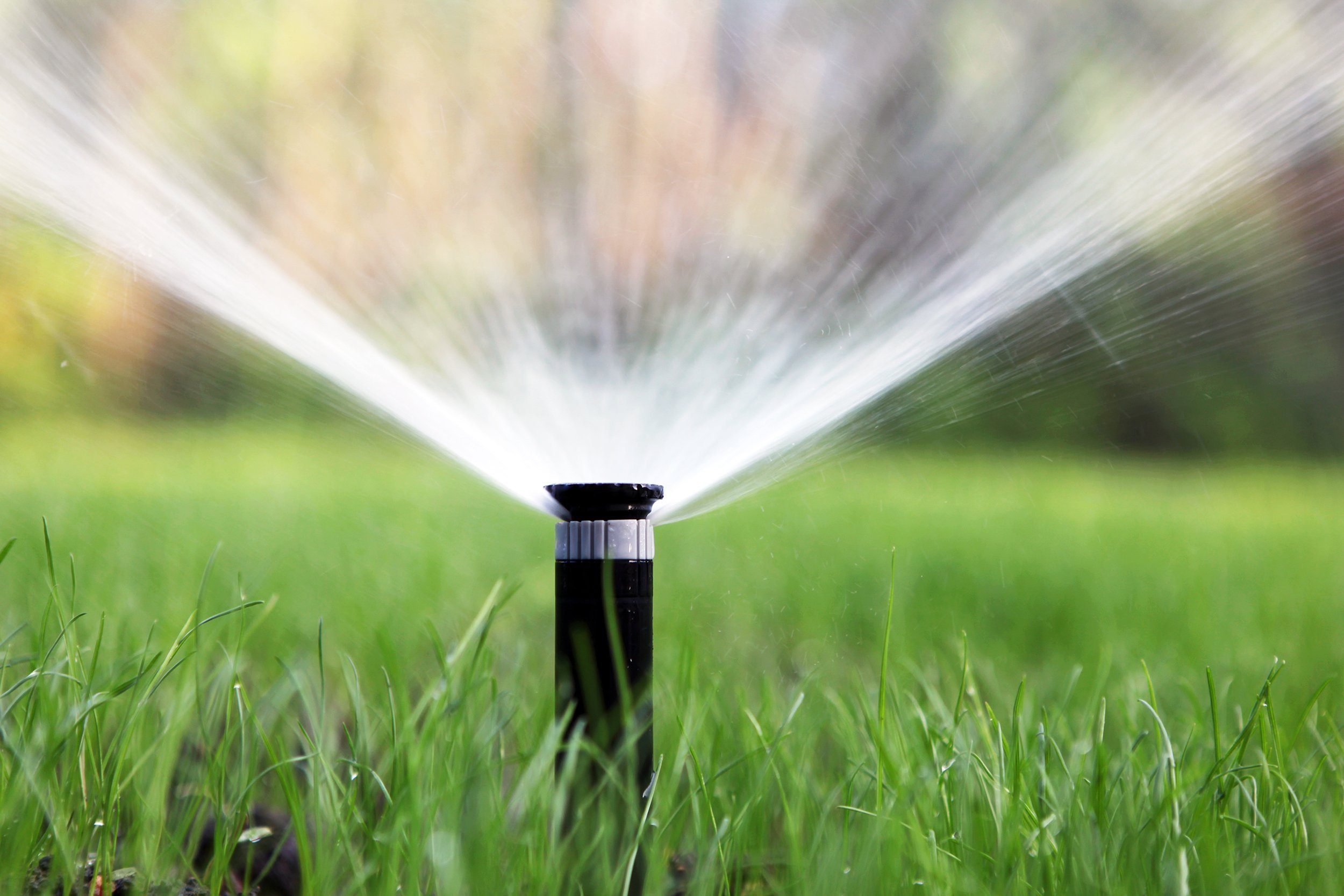
Homeowners with an irrigation system should consider hooking up a smart irrigation controller that uses rain sensors. These sensors keep a system from wasting water when there’s been enough rainfall to keep a yard happy. Less watering means more money saved.
GET A RAIN BARREL
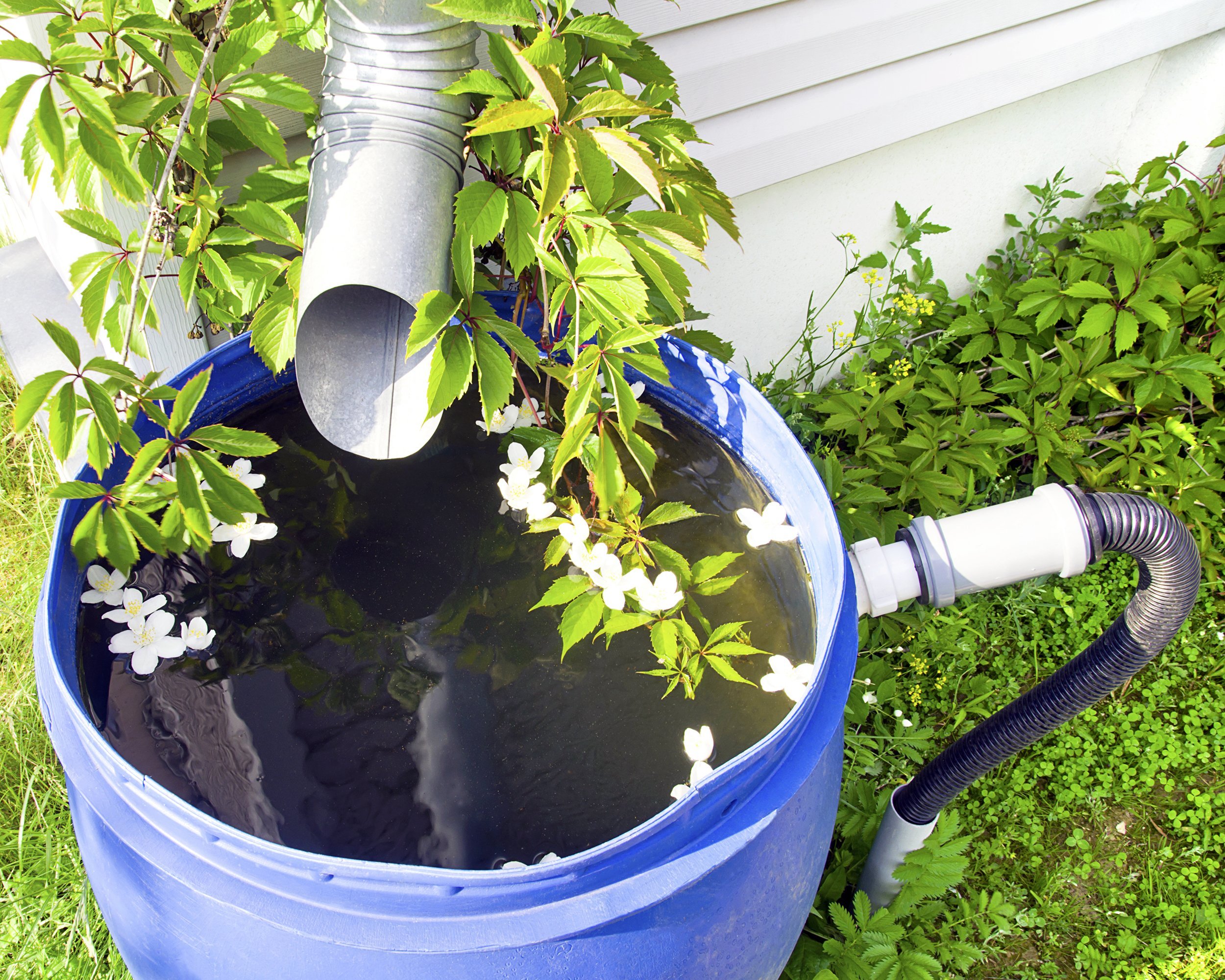
Another great way to save on the water bill: Harvest rainwater using a rain barrel. This can save most homeowners about 1,300 gallons of water, according to the Environmental Protection Agency. An $80 rain barrel can pay for itself in just a few months.
MAKE YOUR OWN WEED KILLER
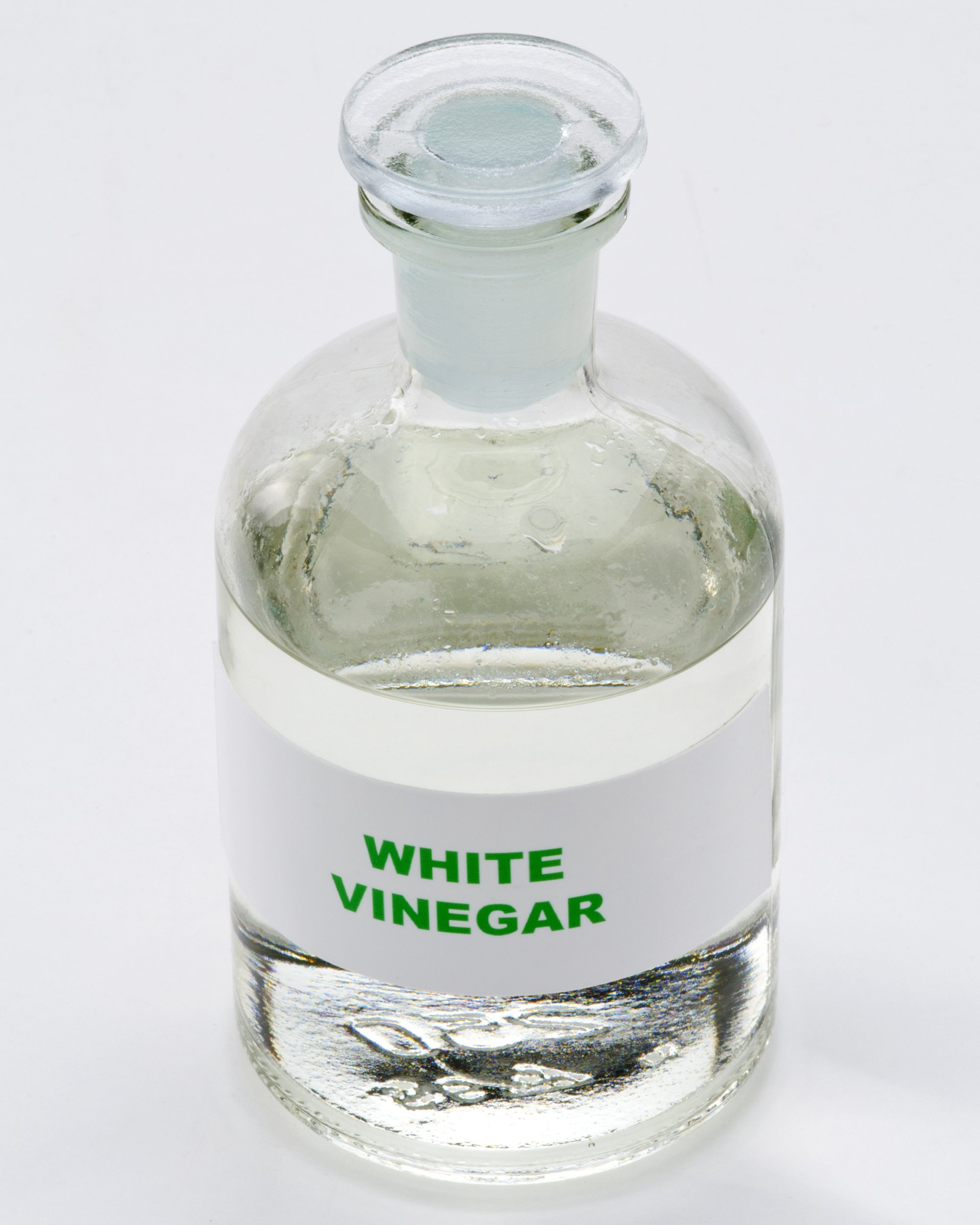
There are a number of ways to kill weeds without investing in pricey (and possibly harmful) weed killer. Douse long-root weeds with vinegar and smother low-growing weeds with newspaper or mulch, or try pouring boiling water on them.
Sign up for our newsletter
BUY MULCH IN BULK
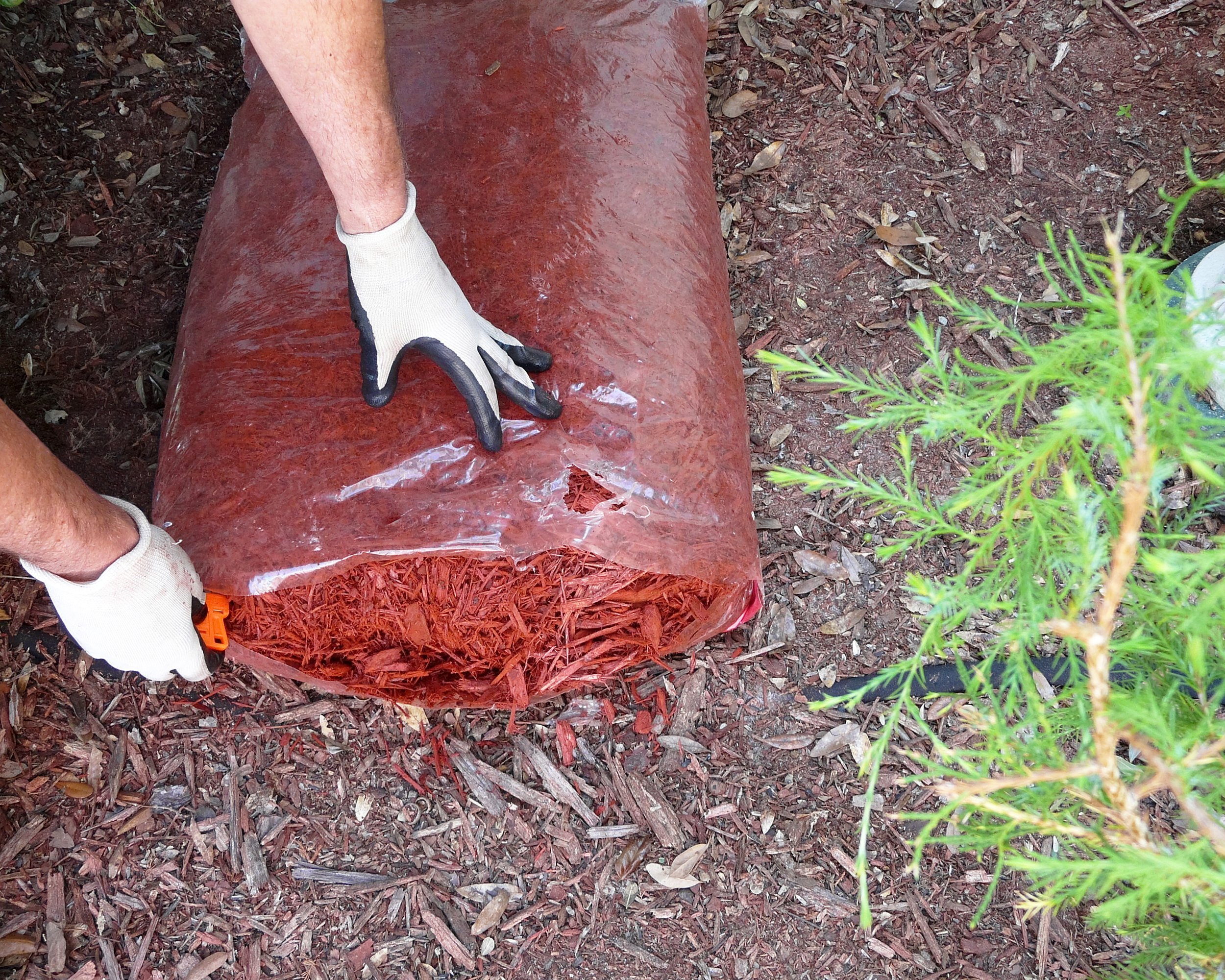
Mulch can do wonders for your landscaping — not only does it help control weeds, it retains moisture and beats back erosion, according to DoItYourself.com. Unfortunately, mulch can be pricey by the bag. Buy in bulk when you have room available for storage.
MAKE YOUR OWN COMPOST
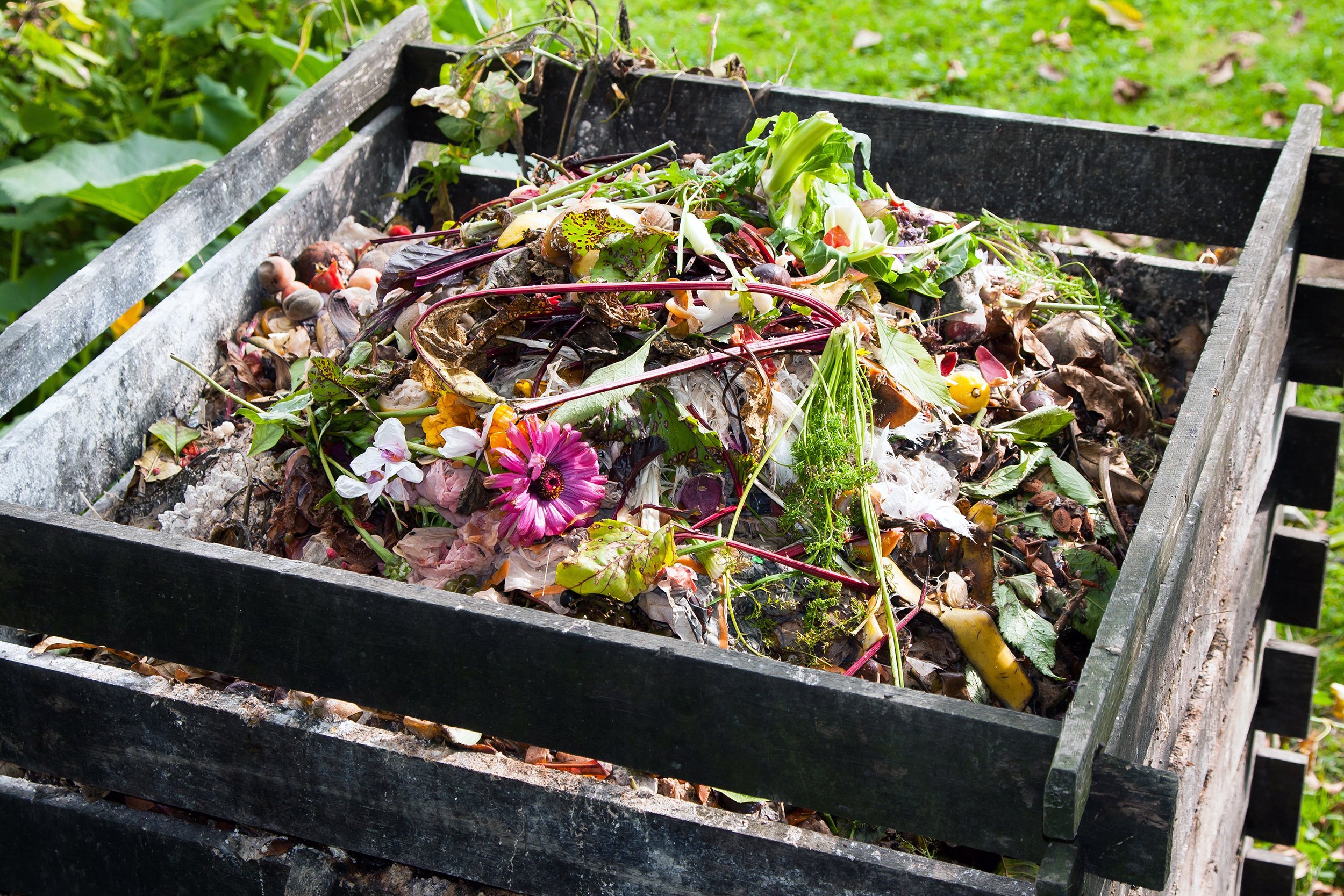
Compost made of decomposed grass clippings, scraps of produce, dead leaves, and other organic matter provides a bevy of benefits for your garden. It can help ward off plant diseases, save water, and neutralize the pH of the soil. Given that compost is free, it’s far cheaper than any other soil additive.
GO FOR GRASS SEED
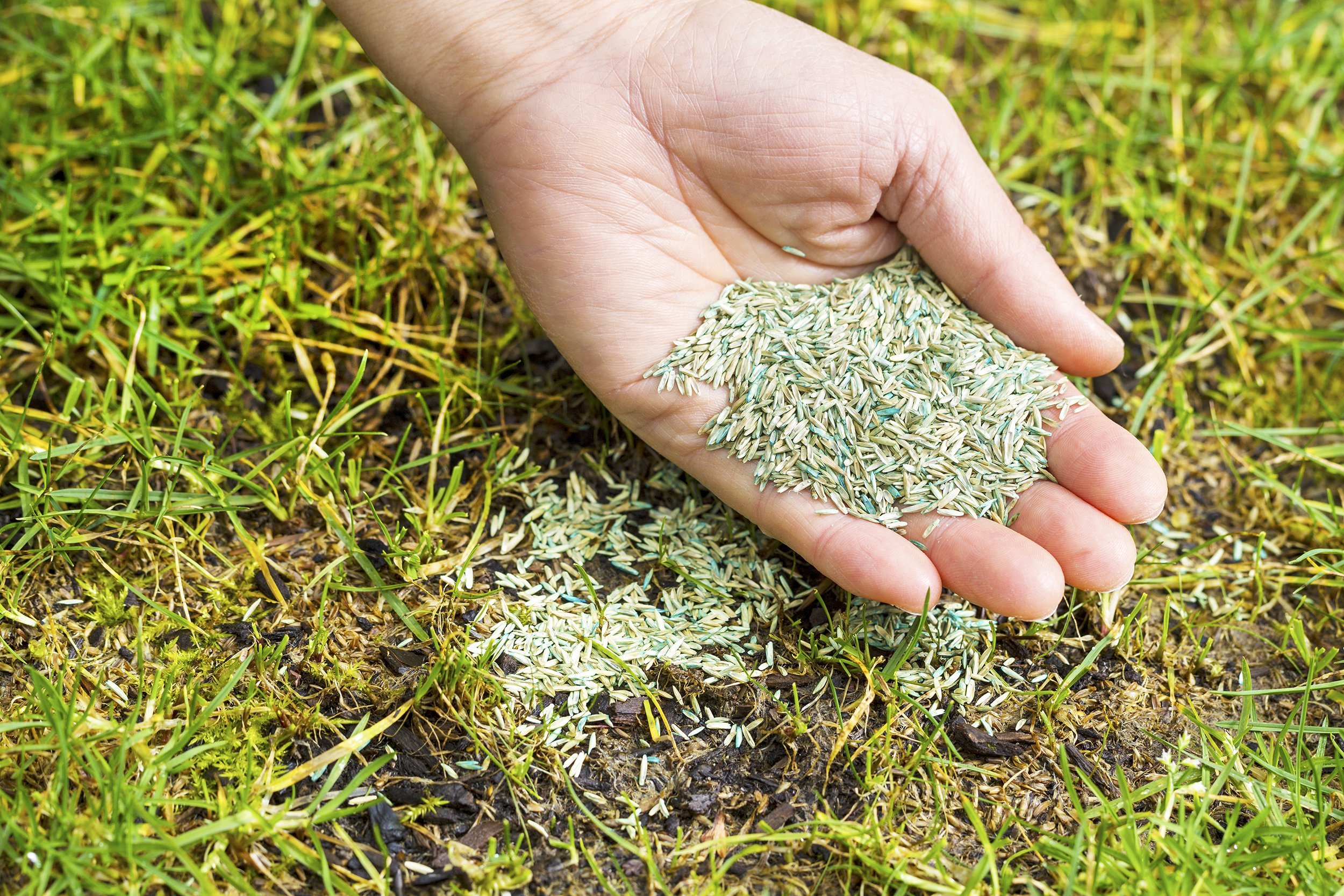
If it’s possible to forgo the curb appeal of a green yard for a little while, starting a fledgling lawn from seed instead of sod can save a ton of money. Grass seed averages around $20 per 1,000 square feet of lawn, according to Realtor.com, while sod for the same amount of space could cost $350.
PLANT A SHADE TREE
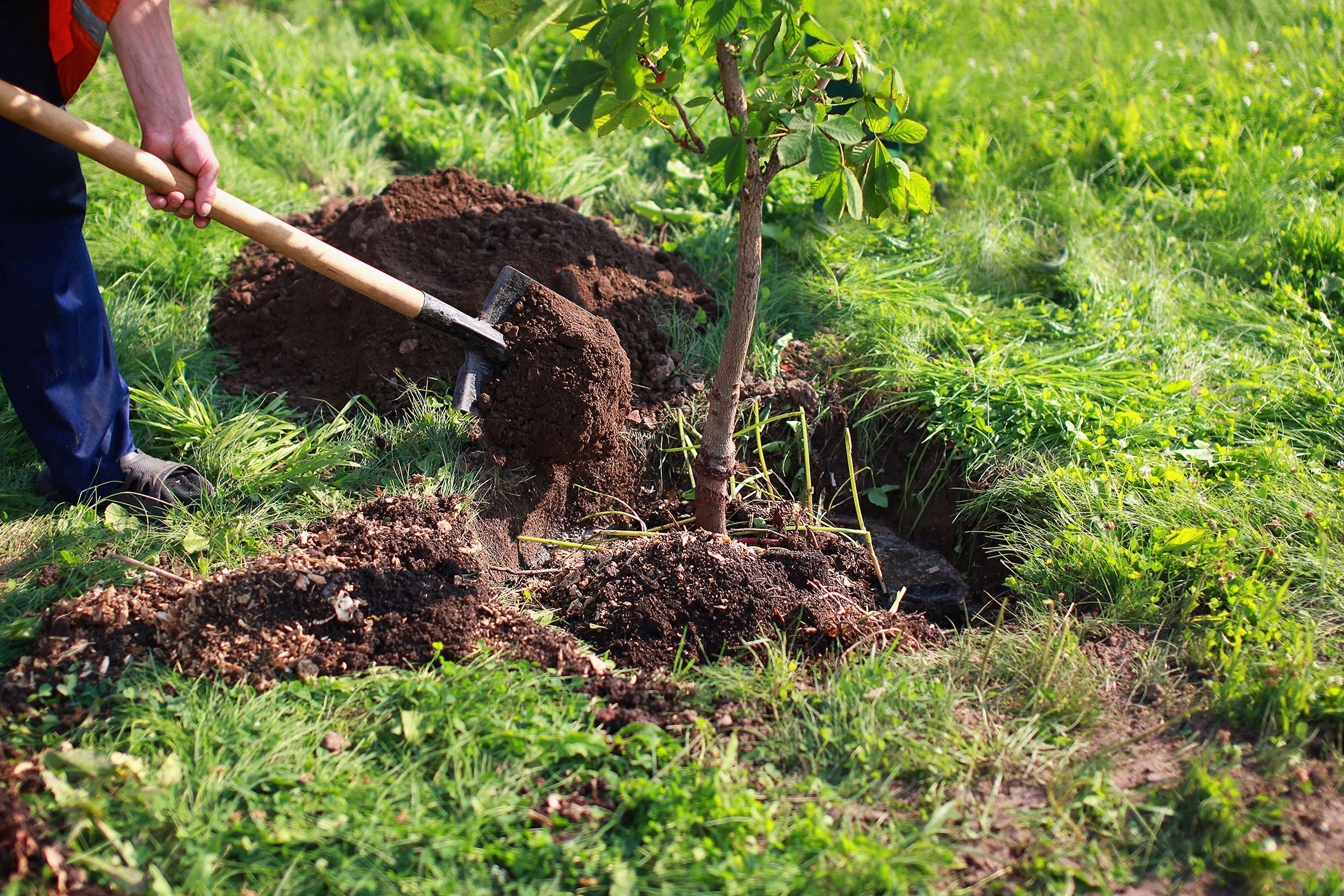
A shade tree planted on the west side of your house has the cooling effect of 10 room-size air conditioners running 20 hours a day, according to the U.S. Department of Agriculture. Experts caution against planting trees on the south side of a house, where they can block valuable winter sunshine.
Related: 13 Energy Conservation Myths You Can Start Ignoring Now
FOCUS ON PERENNIALS
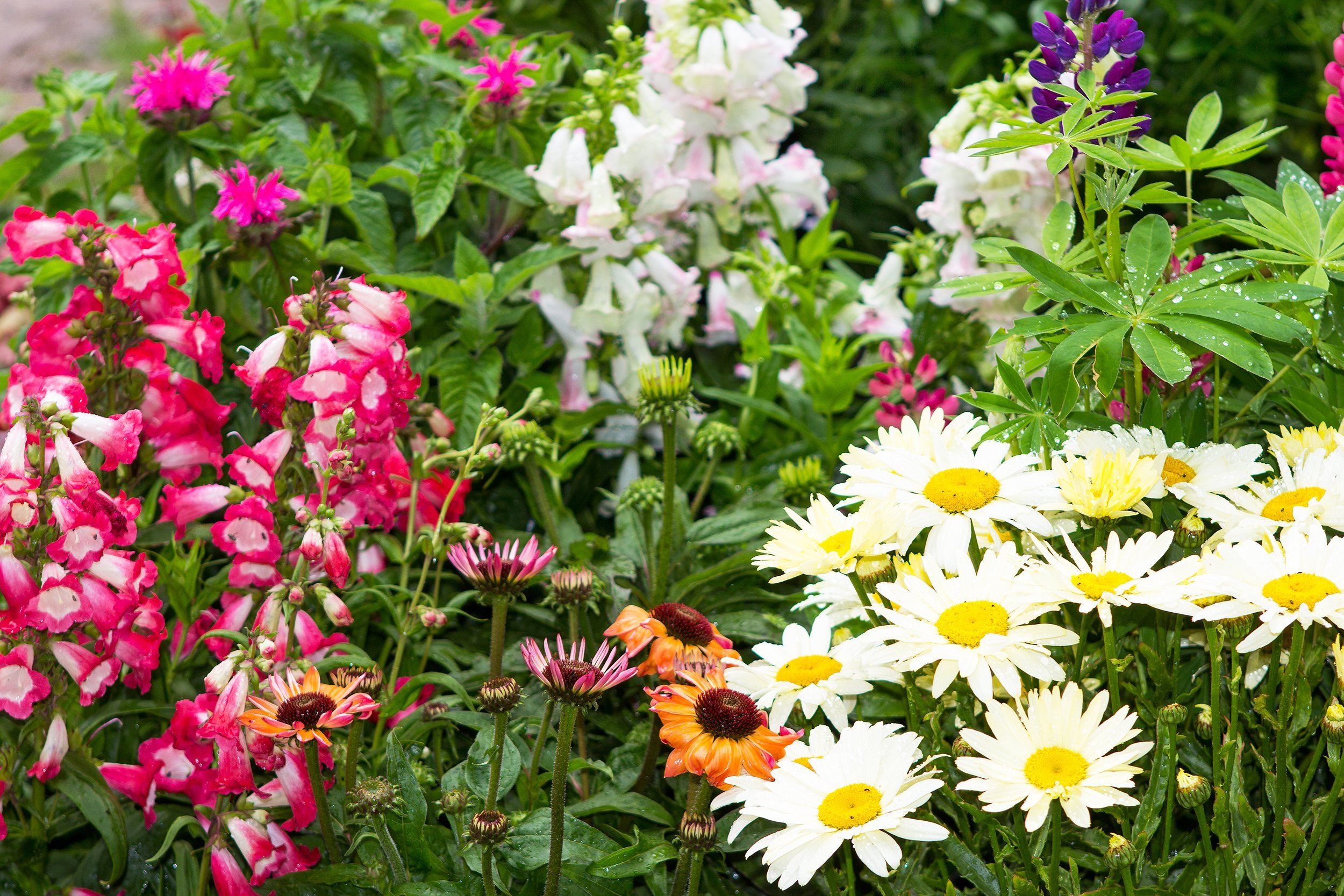
Perennials cost more initially but easily recoup the upfront price premium, because they’re not purchased year after year. For example, spending $6 on a small container of annuals every year adds up to $72 over 12 years. Compare that with spending $25 on five perennials that can be divided every few years. For far less money, it’s possible to end up with more than three dozen plants in the same time frame.
BUY FLOWERS OFF-SEASON

Drooping flowers on clearance can be a great buy as long as they have strong, healthy roots. Look for perennials that will come back in the spring. Also pick plants that are native to the area, which are much more likely to thrive.
